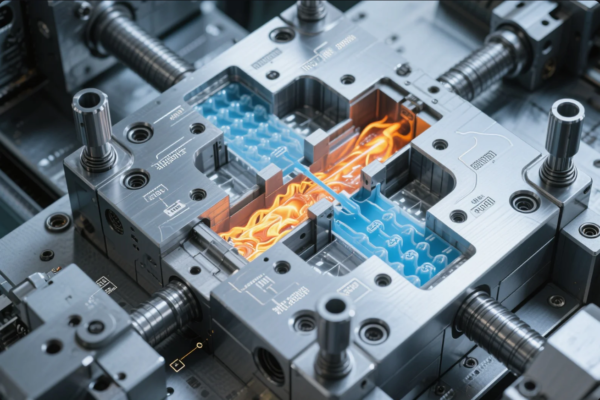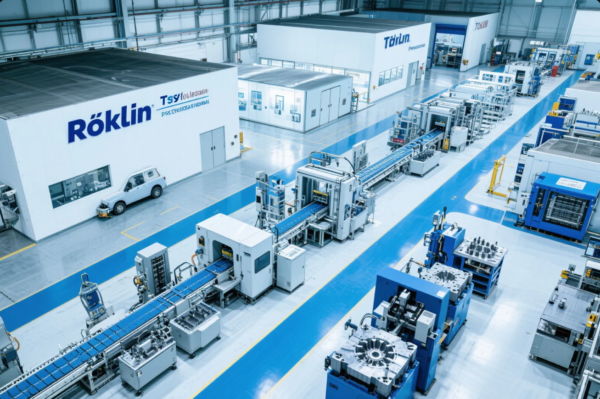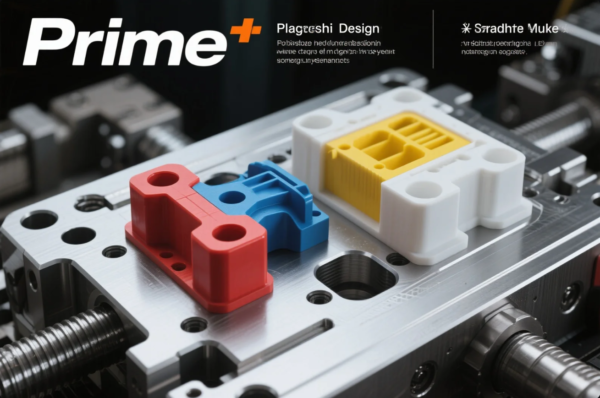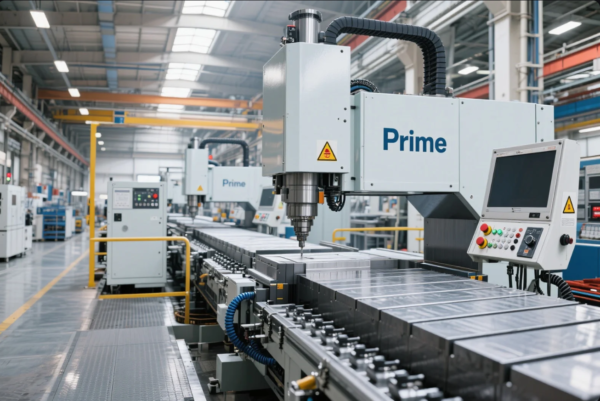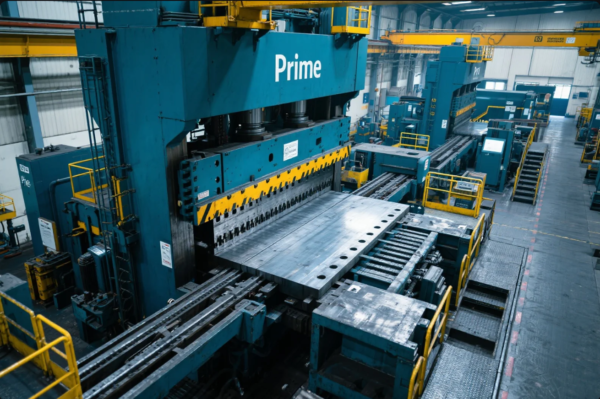Why Do Welders Brush Their Welds?

Welders face many challenges in their daily work. One crucial aspect that often raises questions is why they brush their welds. The answer lies in ensuring a strong, durable bond and maintaining safety.
Welders often brush their welds to remove impurities, prevent corrosion, and improve the weld’s overall strength. This practice is vital for ensuring high-quality welds.
Welding is more than just joining two materials together. Let’s explore the key reasons behind brushing and how this technique contributes to the quality and safety of a weld.
Why Do Welders Not Live Long?
Welding is an intensive job that requires constant focus, precision, and resilience. However, the health risks associated with the profession can lead to shorter life expectancy. The exposure to harmful fumes, gases, and extreme temperatures is one of the leading causes.
Welders face health risks from exposure to fumes and gases, potentially shortening their lifespan. Proper safety measures and equipment can reduce these dangers.

Dive-Deeper: The Hidden Risks of Welding
Welding involves intense heat and toxic substances. These pose significant risks to welders' health. Prolonged exposure to welding fumes can lead to respiratory issues, while the heat can cause long-term damage to the skin and eyes. Additionally, the repetitive nature of the work can cause musculoskeletal problems.
Health Risks of Welding:
| Risk | Impact | Prevention |
|---|---|---|
| Respiratory Issues | Welding fumes can cause lung diseases like asthma | Wear appropriate respiratory protection |
| Eye Damage | Intense light can cause eye strain or burns | Use proper welding helmets with filters |
| Skin Burns | Direct contact with the heat or materials can cause burns | Use protective clothing and gloves |
| Musculoskeletal Pain | Repetitive motions can lead to strain injuries | Take breaks and use ergonomic equipment |
By using the right protective equipment and adhering to safety standards, welders can mitigate many of these risks, leading to better health and longevity.
Why Do Welders Need Buttering?
Buttering is a technique used by welders to add a layer of filler metal to a base material before performing a full weld. This helps in creating a smoother, more uniform surface and enhances the quality of the final weld.
Buttering helps create a cleaner, more uniform weld. It improves the bond between metals and ensures better performance in the finished product.
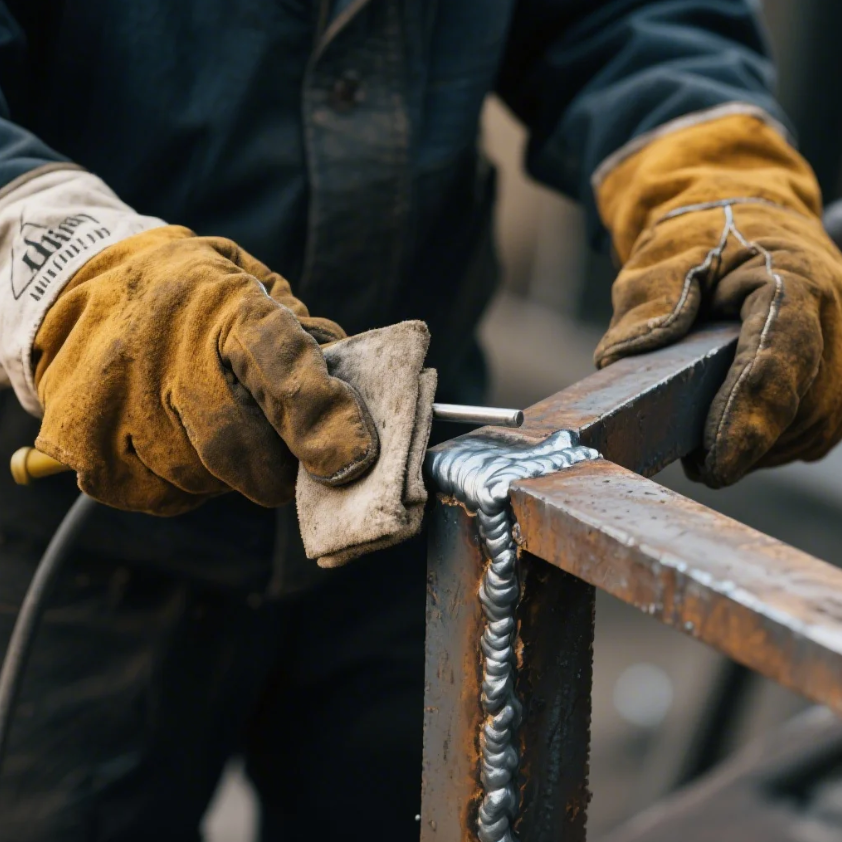
Dive-Deeper: The Benefits of Buttering in Welding
Buttering is an important step in many welding procedures, especially when welding high-strength or sensitive materials. The buttering layer serves several purposes:
- Improved Bonding: It creates a better transition between the base material and the weld filler.
- Preventing Cracking: The buttering layer absorbs stresses and reduces the risk of cracks in the final weld.
- Enhanced Corrosion Resistance: It improves the weld's resistance to corrosion, which is crucial in demanding environments.
Buttering Process in Welding:
| Step | Purpose | Effect |
|---|---|---|
| Apply Butter Layer | To create a uniform, smooth surface | Helps in better bonding |
| Preheat Materials | To prevent thermal stress | Reduces the risk of cracking |
| Full Weld | Perform the actual welding | Enhances overall weld strength |
The buttering technique ensures that the final weld is smooth, strong, and free from defects, which is especially important in industries where weld integrity is critical.
What Do Brushes Do on a Welder?
Brushes are commonly used by welders to clean the surface of the material before and after welding. The primary purpose of brushing is to remove contaminants such as rust, oil, or dust that can interfere with the weld's quality.
Brushing helps remove impurities and ensures a clean surface for welding, which leads to stronger and more reliable welds.
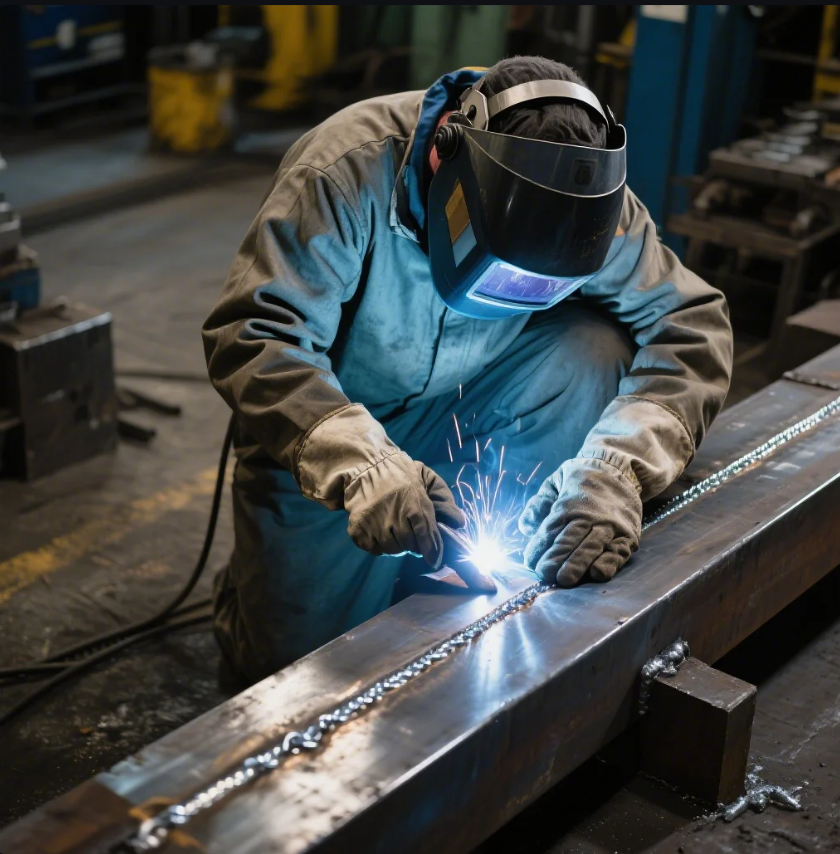
Dive-Deeper: The Importance of Surface Cleaning Before Welding
The quality of a weld depends largely on the condition of the surface being welded. Surface contaminants can lead to poor fusion and weak welds. By brushing the material, welders ensure that the surfaces are clean, reducing the chances of inclusions, cracks, or porosity in the weld.
Common Surface Contaminants:
| Contaminant | Effect on Weld | Solution |
|---|---|---|
| Rust | Can cause poor fusion and weak welds | Use a wire brush to remove rust |
| Oil and Grease | Can cause porosity and weak welds | Clean the surface with solvents |
| Dust and Dirt | Impacts the cleanliness of the weld pool | Brush the surface thoroughly |
Brushing is an essential part of preparing the material for a strong, high-quality weld that meets industry standards. It ensures that welders achieve the best results possible by eliminating contaminants.
Why Do Welders Spatters Come?
Spatter refers to small droplets of molten material that are ejected from the weld pool during the welding process. These droplets can land on surrounding surfaces, causing potential damage or the need for additional cleaning.
Weld spatter occurs due to excessive heat or improper welding settings. It’s important to manage spatter for a clean, safe work environment.
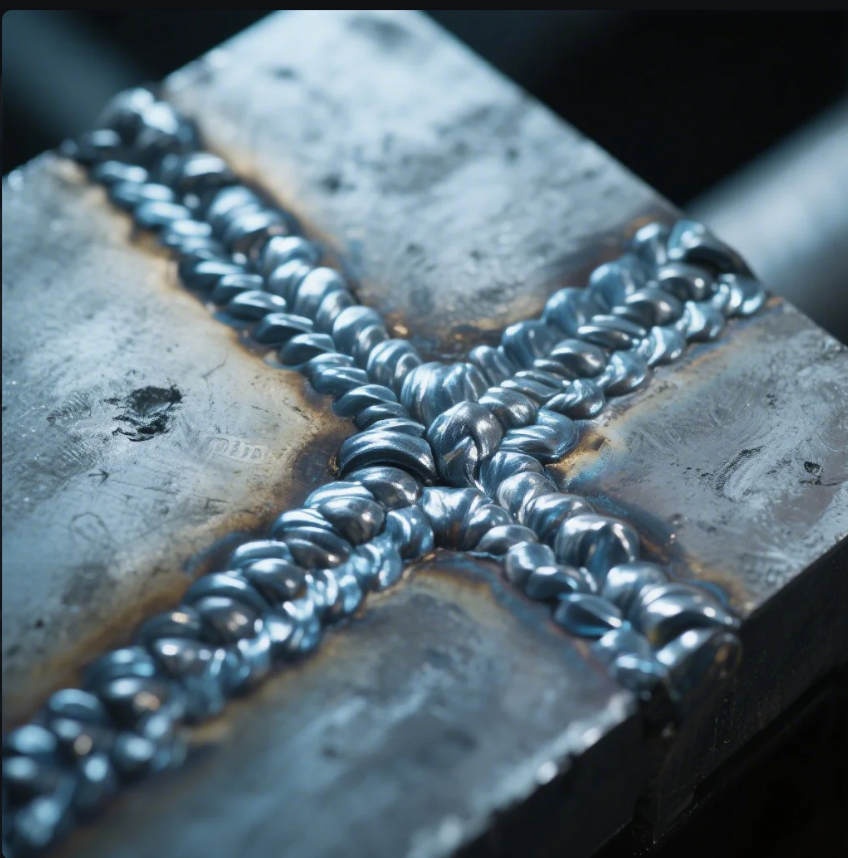
Dive-Deeper: How to Minimize Weld Spatter
Weld spatter is often caused by high welding temperatures, improper electrode angles, or incorrect settings on the welding machine. Understanding how to adjust these factors can help minimize spatter and improve the quality of the weld.
Factors Affecting Spatter:
| Factor | Cause of Spatter | Solution |
|---|---|---|
| Welding Temperature | Too high of a heat can lead to excessive spatter | Reduce the welding heat |
| Electrode Angle | Incorrect angle can cause molten droplets to fly | Adjust the electrode angle |
| Welding Speed | Moving too fast can lead to poor fusion and spatter | Slow down the welding speed |
Proper training, machine settings, and technique adjustments can reduce spatter, leading to cleaner, safer welds with less cleanup.
Conclusion
Brushing your welds, managing spatter, and understanding the role of buttering and surface cleaning are crucial for achieving top-notch welds. By following these practices, you ensure better quality and safety.
For high-quality, ISO-certified welding parts, contact Prime today. We provide precision and reliability, backed by 20+ years of experience in the industry. Get in touch now for a quote and expert advice!

